
April 15, 2025

April 14, 2025

April 6, 2025

Face painting, handcrafted toffee, permanent jewelry, and the smell of freshly baked goods filled Twin...

There are hundreds of different plants and trees throughout the city of Belmont, each with its own unique...

Misleading product labels and improper waste sorting are contributing to disruptions in California’s...

From everyday shirts to special accessories, Monty's Thrift Shop gives students' gently used clothes...
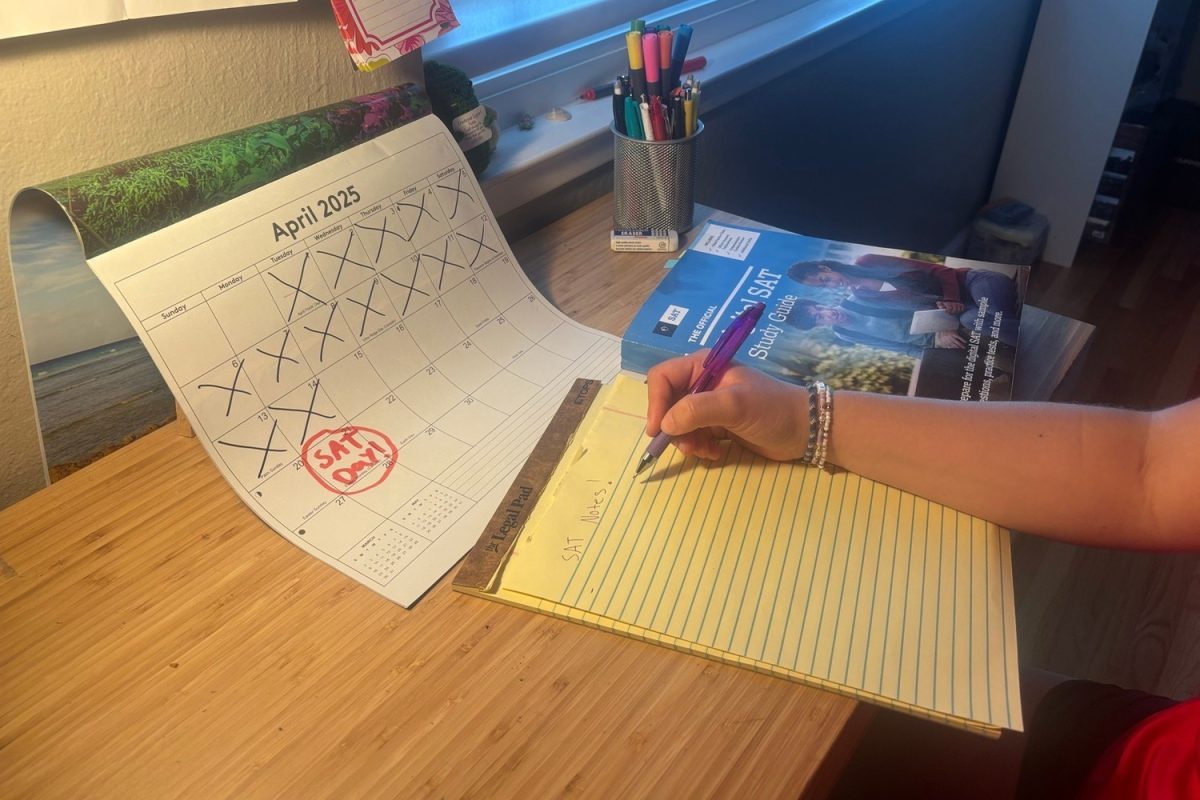
SAT testing sites across the Bay Area are quickly reaching capacity, posing a challenge to students for...
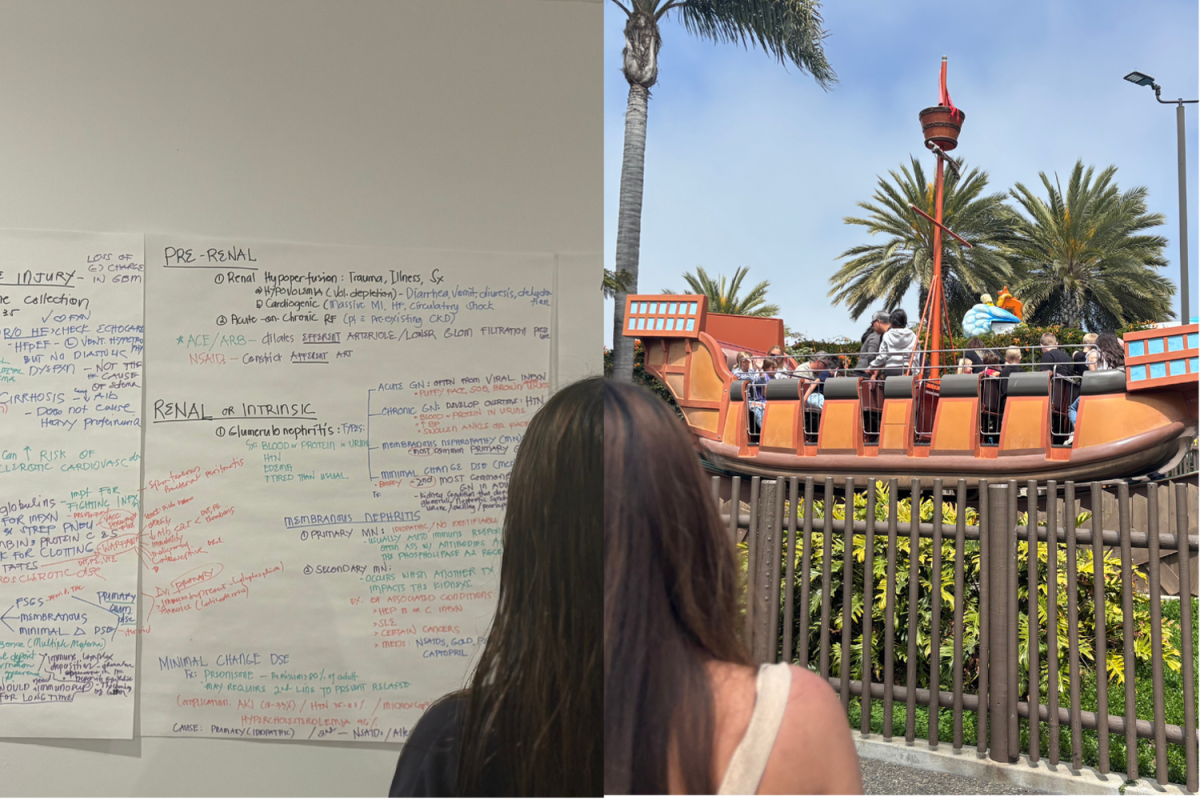
With an entire week off of school, spring break allows students to sleep in, enjoy a vacation, or catch...

Forty-four million. That is the number of artists who walked away from their careers in 2023. The...

High school life is a fragile juggling act of managing painstaking amounts of schoolwork, meeting the...

Thousands of hours spent in the pool and millions of meters swam. Beyond the water, they are drenched...

Jalen Wong, Staff Writer | March 30, 2025

Jamison Elliott, Staff Writer | April 5, 2025
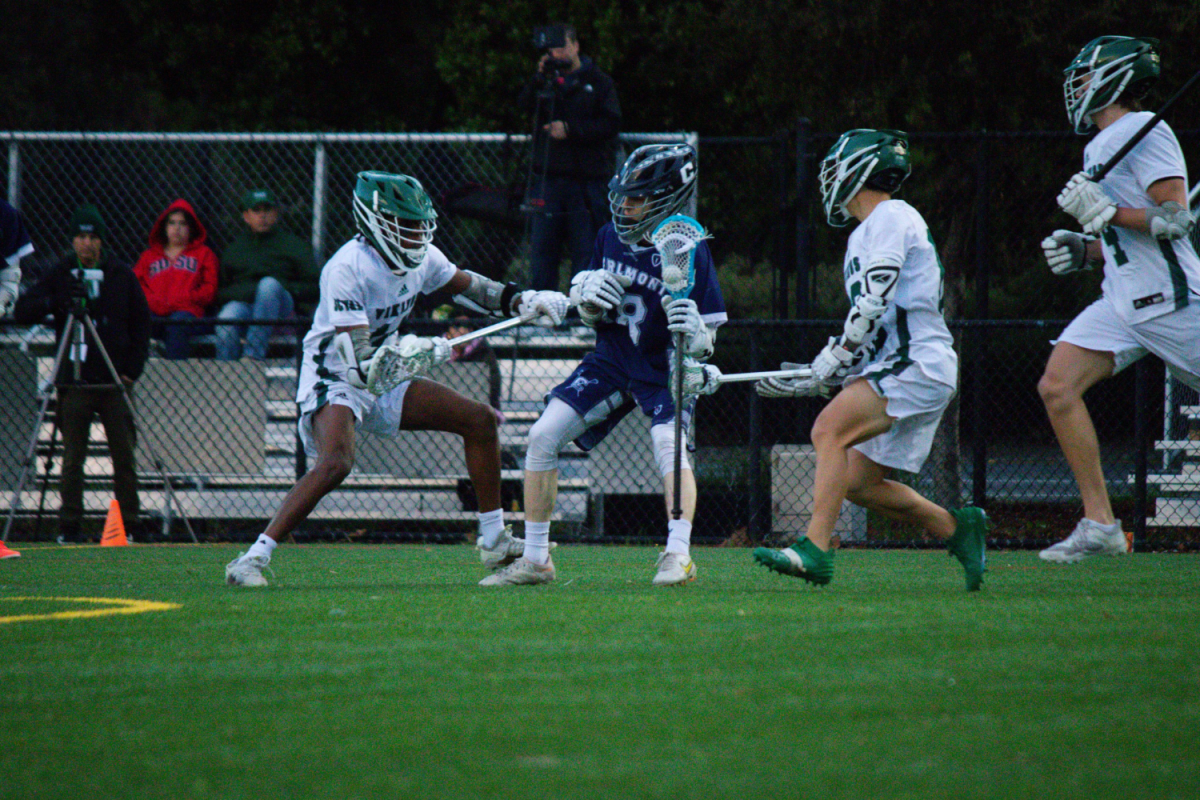
Sean Zhang, Staff Writer | April 3, 2025

Isabella Wilson, Staff Writer | April 3, 2025

Jalen Wong, Staff Writer | March 30, 2025

Jamison Elliott, Staff Writer | April 5, 2025
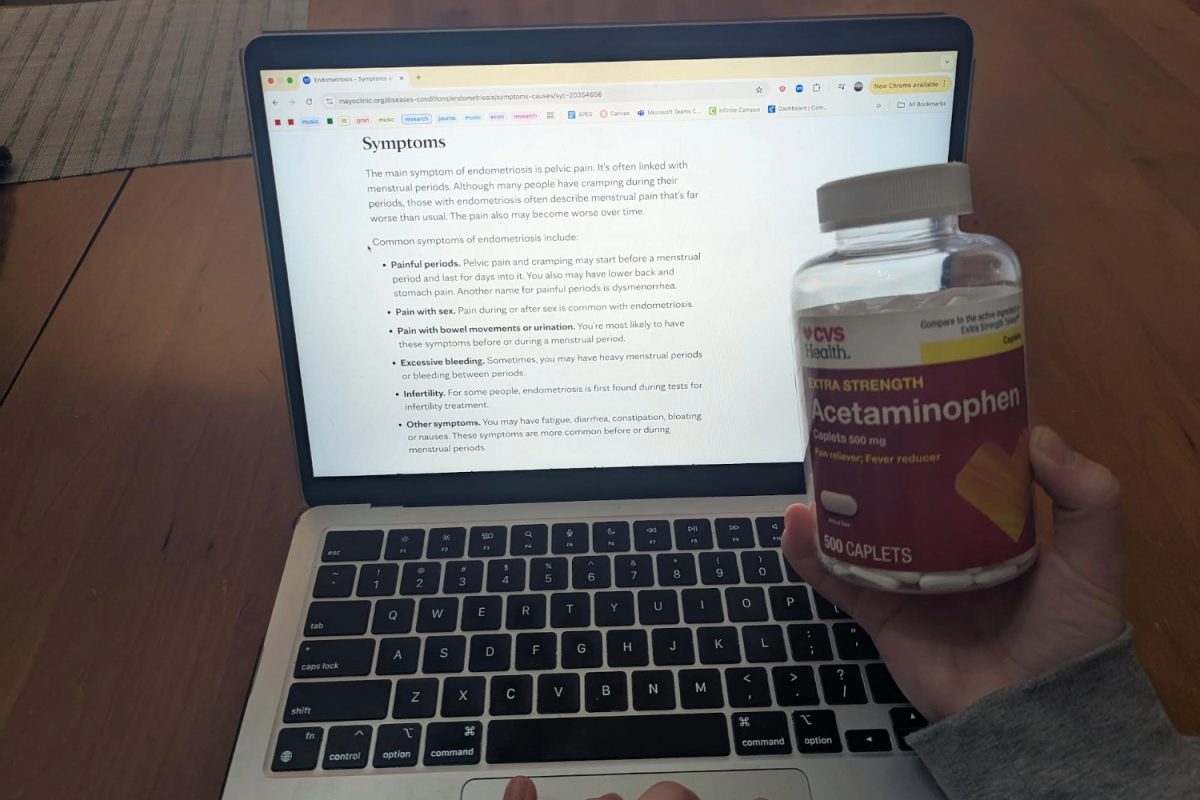
Endometriosis is a medical condition that only affects women where they can experience extremely painful...

All college athletes deserve pay because they have so little time for other things like work to fund...
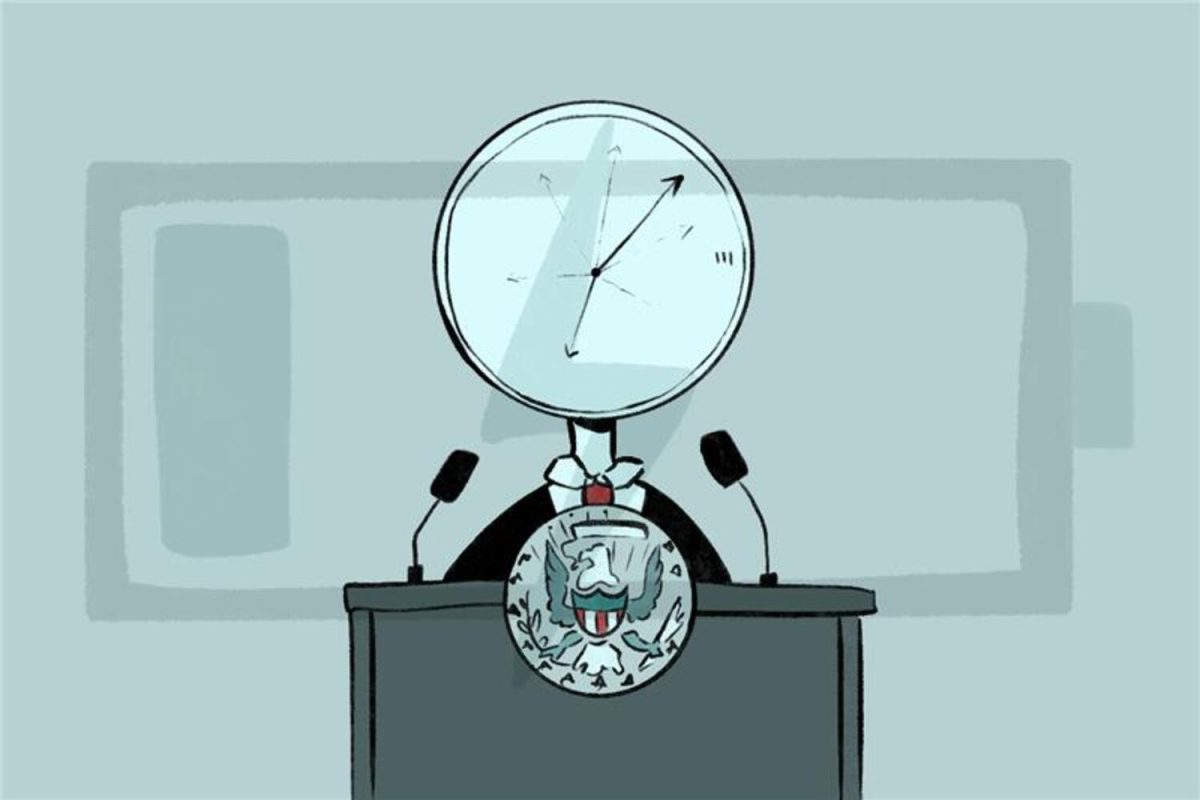
Mandatory retirement ages for professionals such as pilots, judges, and judicial officers have been in...

The Marvel Cinematic Universe (MCU) continues to expand, and the timeline of all the movies and shows...
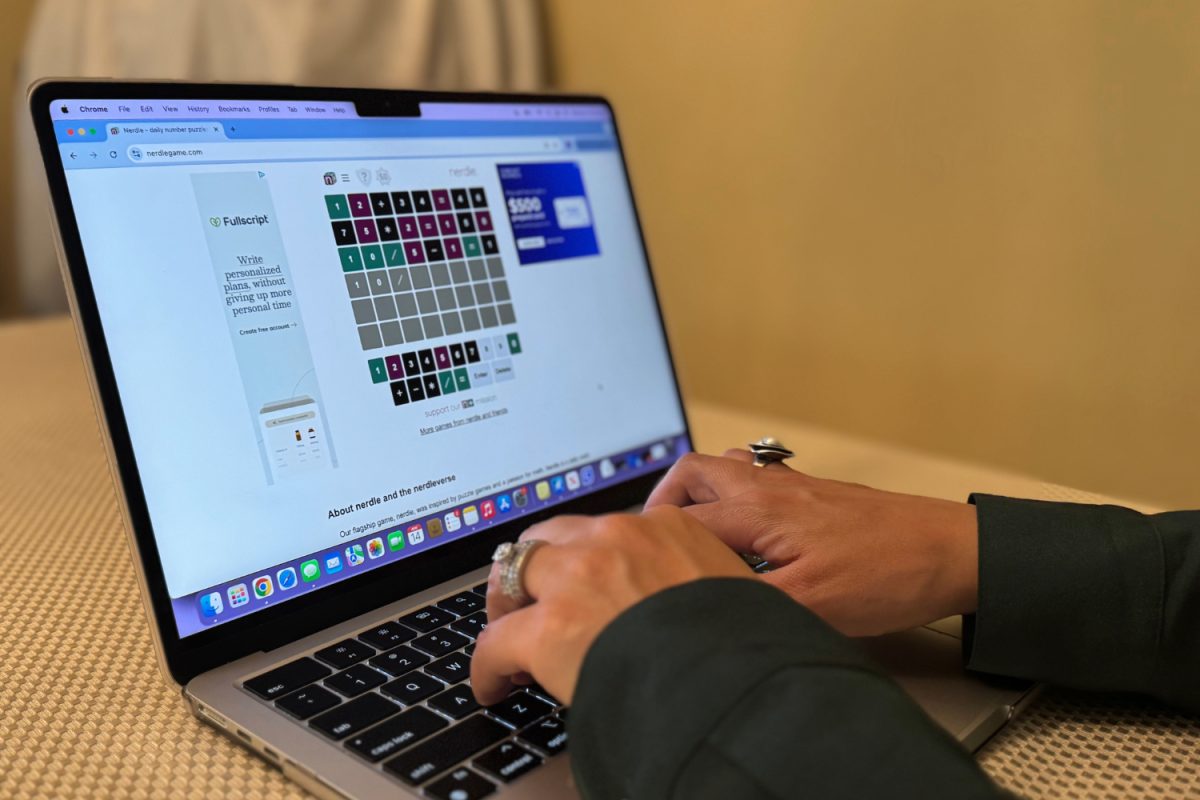
Five green, gray, and yellow letters, rearranged again and again until success. The popular word game...


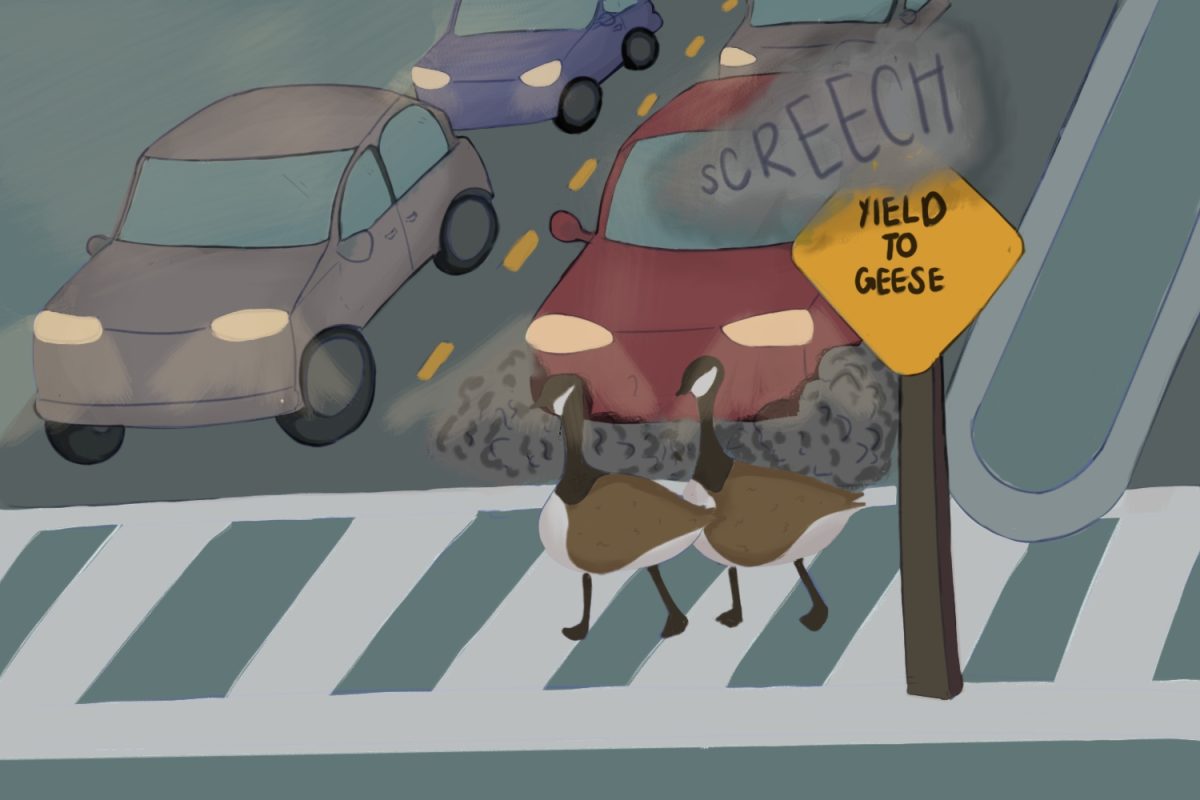

A hungry teen opens his phone. A few taps later, he places an order. Within just a few moments, a meal...

When asked to picture a sorority girl, most people tend to conjure the same mental image: a blonde, sun-tanned...

A parent beams with joy as their child pursues computer science, a field with promise and countless opportunities....

April 15, 2025

April 14, 2025

April 6, 2025

April 2, 2025

Face painting, handcrafted toffee, permanent jewelry, and the smell of freshly baked goods filled Twin Pines Park on April 5 as Belmont’s first-ever...

There are hundreds of different plants and trees throughout the city of Belmont, each with its own unique look, feel, and smell. Yet some of...

Misleading product labels and improper waste sorting are contributing to disruptions in California’s compost and recycling waste management...

The United States Department of Education’s Office for Civil Rights (OCR) has warned 60 colleges and universities that they could face penalties...
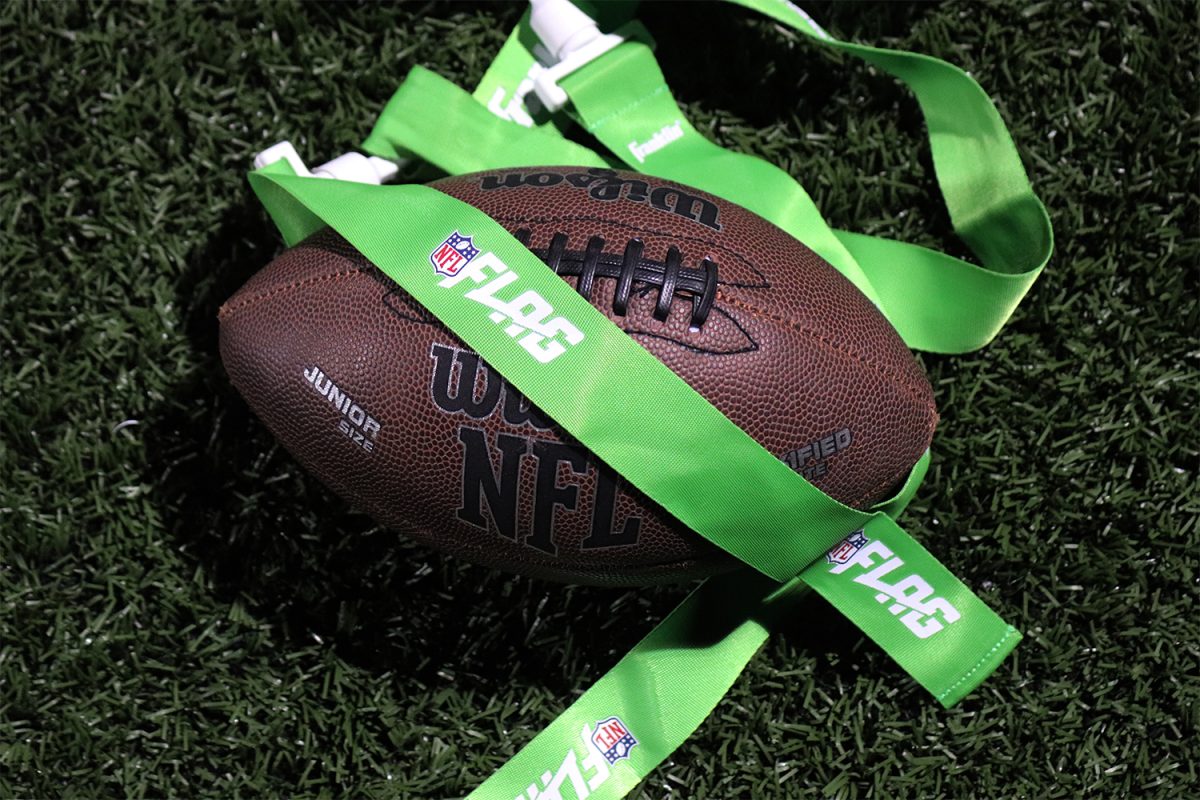
When most people think of American football, they think of shoulder pads, helmets, and the Super Bowl. As “America’s sport,” football...
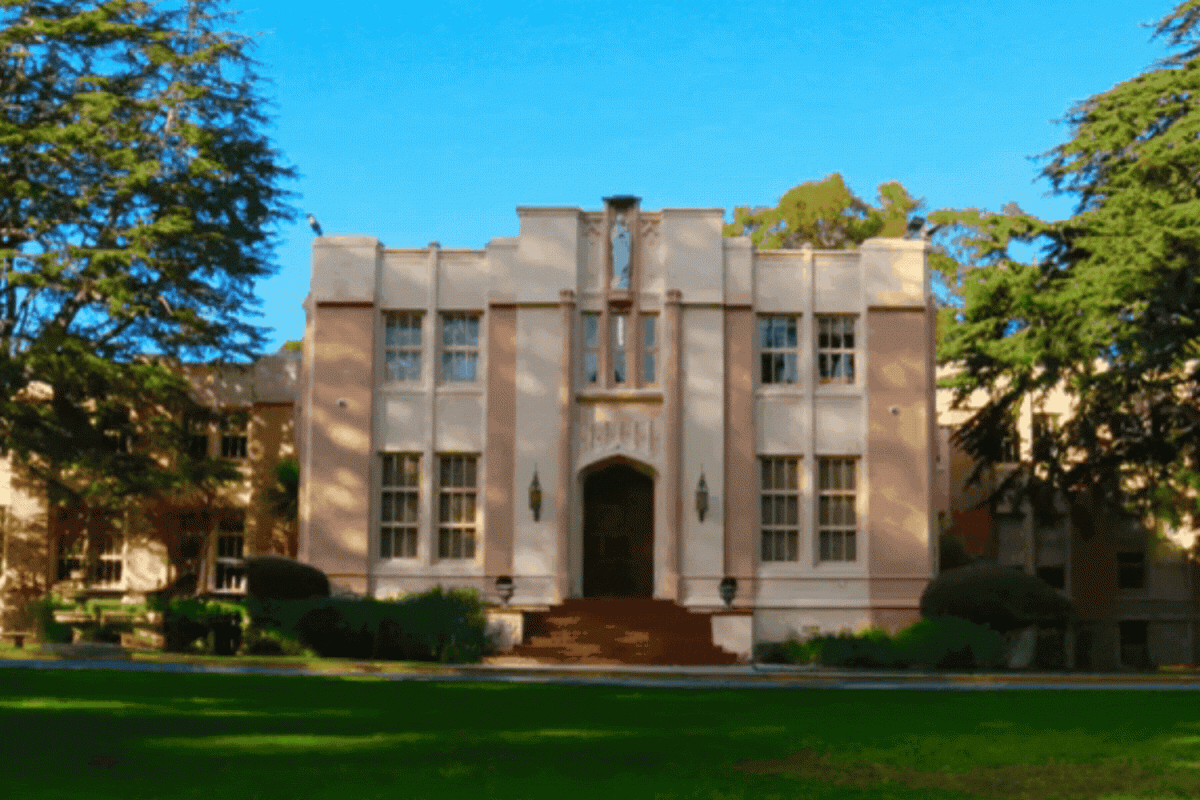
Students all around the world go through a time in life when school seems just a bit unnecessary. At times, even the most accomplished individuals...

Jamison Elliott, Staff Writer | April 5, 2025

Sean Zhang, Staff Writer | April 3, 2025

Isabella Wilson, Staff Writer | April 3, 2025

Jalen Wong, Staff Writer | March 30, 2025

Isabella Rice, Staff Writer | March 29, 2025










Scots Media (@scot.scoop) • Instagram photos and videos





